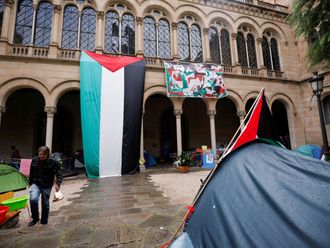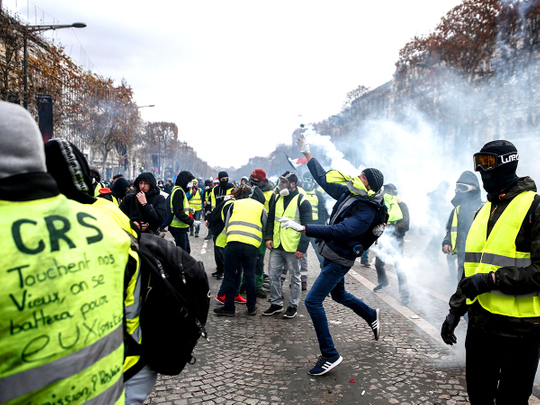
COMMENT
France is a republic that was founded in popular violence. Politics runs to the street here more rapidly than in any other Western democracy. I’ve lived in France for 22 years and have witnessed street protests by workers, farmers, wine producers, truck drivers, railway employees, university students, sixth-formers, teachers, youths in the multiracial suburbs, chefs, lawyers, doctors and police officers. Yes, even police officers.
I have never seen the kind of wanton destruction that surrounded me on some of the smartest streets of Paris on Saturday — such random, hysterical hatred, directed not just towards the riot police but at shrines to the French republic itself such as the Arc de Triomphe. The 12-hour battle went beyond violent protest, beyond rioting, to the point of insurrection, even civil war.
The centre of Paris has not seen violence on this scale since the student and worker rebellion of May 1968. Much of the worst violence in 1968 came from the police.
And France has not seen widespread destruction of this kind since the riots that burned like a forest fire through almost all the multiracial inner suburbs of French towns and cities in 2005 . Then, the violence stopped at the invisible moat that divides the centre of prosperous French cities from their troubled banlieues, or suburban ghettos.
On Saturday, the gilets jaunes — or a large, violent fringe of the wider, peaceful “yellow vest” movement — took evident joy in smashing up the grandest and wealthiest parts of the French capital. Appeals on social media, where the movement began a month ago, are calling for another assault on Paris this weekend.
How can a movement that began a month ago with broadly peaceful protests against high fuel prices have generated such vicious enmity towards not just President Macron but the entire French political system? Some French commentators have suggested that the yellow vests should be rebranded “yellow shirts” — a fascist rabble . This is dangerous and misleading talk, for now.
An extreme wing of the gilets jaunes has turned towards the nihilist detestation of democratic institutions and symbols of success and wealth. But while Saturday’s crowd was mostly white (there are many black and brown gilets jaunes) this movement shows, so far, few outward signs of racism or extreme nationalism. The great bulk of the movement represents genuine economic and social distress in a peripheral and middle France which, with some reason, says that it is despised and fiscally exploited by the country’s thriving cities. Part of the French media suggests that Saturday’s protests were hijacked by ultra-violent sects of the hard right and hard left. This is also misleading.
There were groups of masked, young men among the 5,000 or so people on the Etoile and its radiating avenues but they were a minority. The great majority of the rioters were, by my reckoning, men and some women in their 30s and 40s from suffering rural towns in northern or western France and the hardscrabble outer suburbs of greater Paris. They came dressed and armed for combat.
There are similarities between the insurrection of 2018 and the student rebellion of 1968 — and even similarities between Saturday’s events and the banlieues riots of 2005. All three movements lacked accepted leaders. All three had no clear or broadly agreed political objective or manifesto. But the comparisons should not be pushed too far.
There was a joyous side to the 1968 rebellion. It was a revolt against the ennui of postwar social conservatism as much as capitalism. It was hijacked by the trades unions and then resolved by a general pay rise and the summer holidays. Above all, 1968 was a time of growing prosperity in France. In 2018, part of the country is thriving but much feels abandoned and rejected. The 2005 riots were a shout of anger against police violence and economic deprivation. They were never the religious-political “intifada” decreed by some in the French and foreign media. After exhausting their anger, the very young rioters went back to normal life.
The gilets jaunes do have a series of demands but they are not accepted by all. They range from the abolition of next month’s planned rise in green taxes on petrol and diesel, to a referendum to impeach Macron, to a new constitution in which all laws would be decided by popular vote.
The yellow vests do have informal leaders or spokespeople but they are rejected or disputed or threatened with violence by other gilets jaunes as soon as they emerge. Part of the movement is faux-Maoist in pushing its hatred of politicians to the point of hating any would-be politicians who emerge from their own ranks.
A second attempt by the yellow vests to create a delegation to meet the prime minister, Edouard Philippe, will be made this week. Even if a programme of negotiations emerges, it is unlikely to be accepted by the blindly angry people I saw on the streets of Paris last Saturday. Will Paris burn again? Quite probably.
— John Lichfield is a journalist based in France since 1997. He is the author of Our Man in Paris.


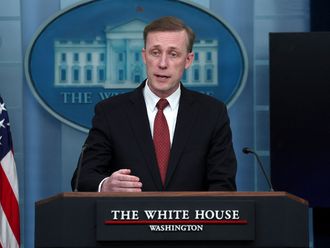

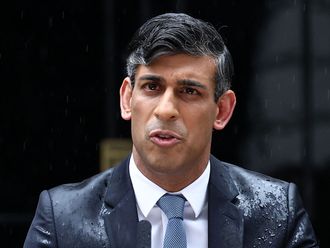
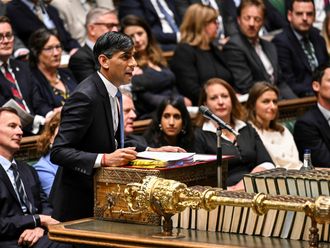

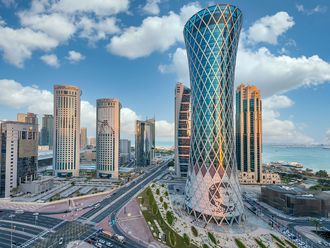
_resources1_16a30b3523c_small.jpg)

